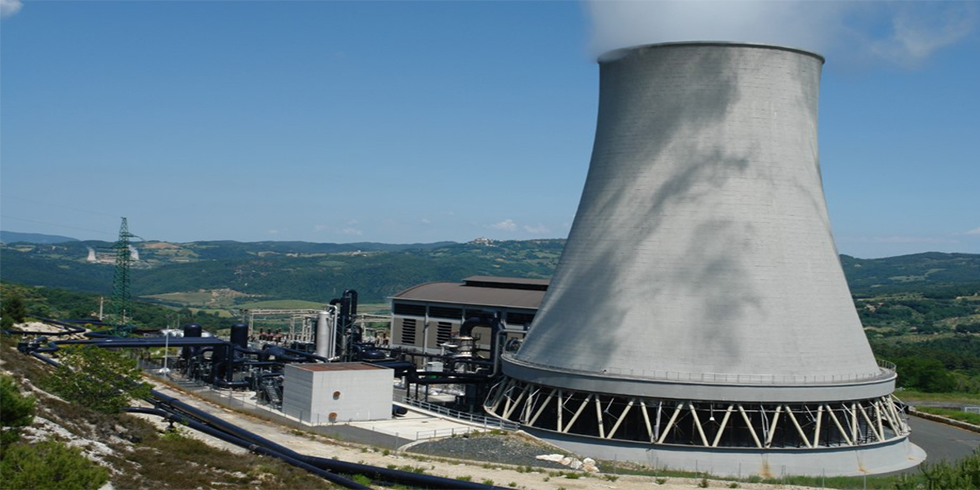Presence of Bimstec leaders in the national capital for Prime Minister-elect Narendra Modi's swearing in ceremony last week, the member-nations could benefit from India's rapid renewable energy capacity increase, say experts.
Carbon Copy an organization based in New Delhi said the annual electricity trade potential between South Asian and Southeast Asian countries could be from 65,000 MW to 95,000 MW by 2045.
Making a note on the Integrated Research and Action for Development (IRADe), a document assembled by it, says electricity trade between South Asian countries could reach 60,000 MW by 2045 if South Asian economies continue to grow at 6.5 per cent.
Nevertheless, a World Bank study puts the figure to be well over 95,000 MW.
The report states Cross Border Electricity Trade could be the vehicle through which India supplies 100 per cent renewable energy to its neighbours.
India has a goal of installing 175 GW of wind and solar energy by 2022. If accomplished, that would be close to 50 per cent of India's current total installed power capacity.
With more than 40 GW worth of existing coal fired power plant under financial stress in India, this fiscal has seen India's renewable energy focus increasing even further to 275 GW by 2027.
According to the Global Energy Monitor, India in 2018 granted less than 3 GW of coal fired power plant for construction, comparatively an annual average of 31 GW from 2008 to 2012 and 13 GW from 2013 to 2017.
Continuously for two years, India added more solar and wind power capacity in 2018 than thermal power capacity.
India's cross border electricity trade between South Asian and Southeast Asian countries could be green options to China's coal heavy Belt and Road Initiative (BRI).
While there are other initiatives aimed at increasing connectivity and building energy infrastructure within the South Asian region besides the BRI, they are not committed to 100 per cent renewable energy.
Bangladesh, for instance, has a renewable energy target of 20 GW by 2021, while the Maldives has a target of 60 per cent solar power by 2020 as part of their carbon neutral plan and has signed a pact with India.
Sri Lanka has expressed a keen interest in cleaner and cheaper energy cooperation with India.
Tim Buckley, Director Energy Finance Studies with the US-based Institute for Energy Economics and Financial Analysis, said that India was entering the middle stage of the world in terms of the critical global issues relating to energy-climate-decarbonisation policies.
"With Prime Minister Narendra Modi's clearly articulated and highly ambitious vision of 275 GW of renewables by 2027, India has appeared as a world leader in the renewable energy sector," Buckley told IANS.











Add Comment